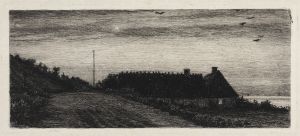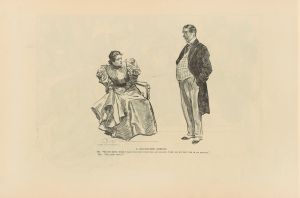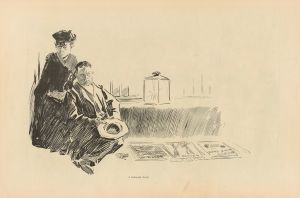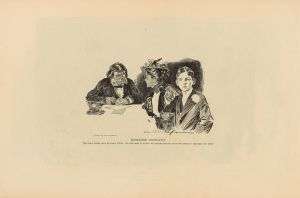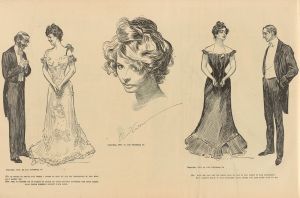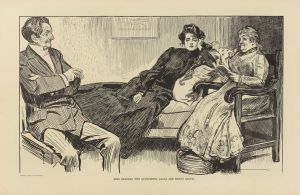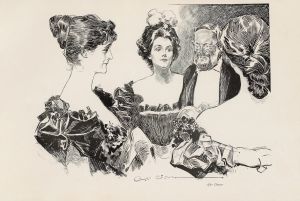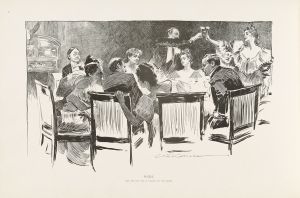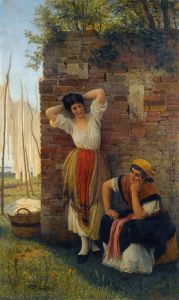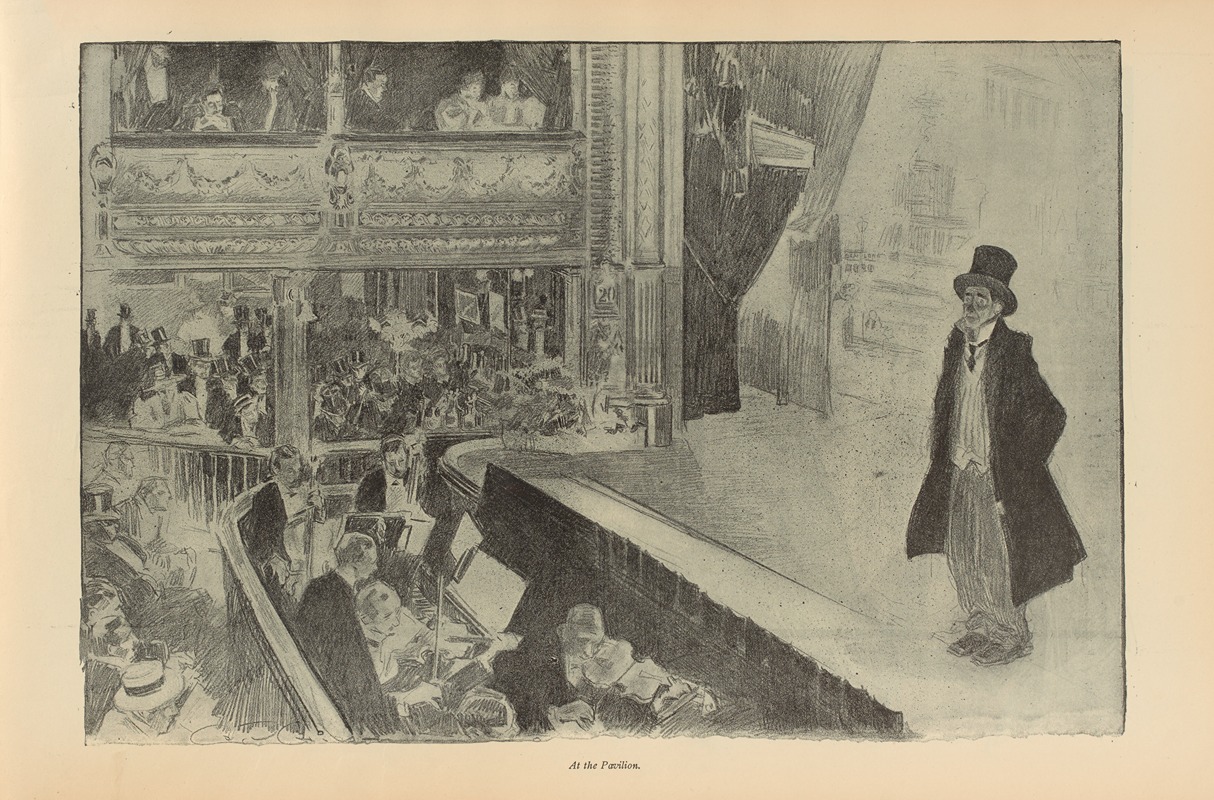
At the Pavilion
A hand-painted replica of Charles Dana Gibson’s masterpiece At the Pavilion, meticulously crafted by professional artists to capture the true essence of the original. Each piece is created with museum-quality canvas and rare mineral pigments, carefully painted by experienced artists with delicate brushstrokes and rich, layered colors to perfectly recreate the texture of the original artwork. Unlike machine-printed reproductions, this hand-painted version brings the painting to life, infused with the artist’s emotions and skill in every stroke. Whether for personal collection or home decoration, it instantly elevates the artistic atmosphere of any space.
Charles Dana Gibson was an influential American illustrator best known for his creation of the "Gibson Girl," a representation of the idealized American woman at the turn of the 20th century. His work captured the spirit of the era and was widely published in magazines such as Life, Harper's Weekly, and Scribner's. Among his numerous works, "At the Pavilion" stands out as a notable example of his artistic style and thematic focus.
"At the Pavilion" is a pen-and-ink drawing that exemplifies Gibson's skill in capturing the social dynamics and fashion of his time. The artwork typically features elegantly dressed men and women in a social setting, often engaging in leisurely activities. This particular piece is set in a pavilion, a popular venue for social gatherings during the late 19th and early 20th centuries. Pavilions were often associated with leisure, entertainment, and the social rituals of the upper class, making them a fitting backdrop for Gibson's exploration of societal norms and interactions.
Gibson's technique in "At the Pavilion" showcases his mastery of line work and detail. His use of pen and ink allowed for precise and intricate illustrations, which brought his characters and settings to life with a sense of realism and vitality. The figures in the drawing are typically depicted with a sense of elegance and poise, reflecting the fashion and demeanor of the time. The women, often modeled after the Gibson Girl archetype, are portrayed with an air of confidence and sophistication, embodying the ideals of beauty and independence that Gibson popularized.
The social interactions depicted in "At the Pavilion" offer insight into the cultural and social dynamics of the era. Gibson's work often highlighted the nuances of gender roles and class distinctions, using humor and satire to comment on the societal norms of his day. The men and women in the drawing are engaged in conversation and social rituals, providing a glimpse into the leisurely pursuits and social expectations of the upper class.
"At the Pavilion" is representative of Gibson's broader body of work, which played a significant role in shaping American visual culture during the late 19th and early 20th centuries. His illustrations not only captured the fashion and social customs of the time but also influenced public perceptions of beauty and femininity. The Gibson Girl became an iconic symbol of the era, embodying the changing roles of women in society and the emergence of a new, more independent female identity.
Gibson's work, including "At the Pavilion," remains an important part of American art history, offering valuable insights into the cultural and social landscape of his time. His ability to blend artistic skill with social commentary has left a lasting legacy, making his illustrations a subject of study and appreciation for art historians and enthusiasts alike.






